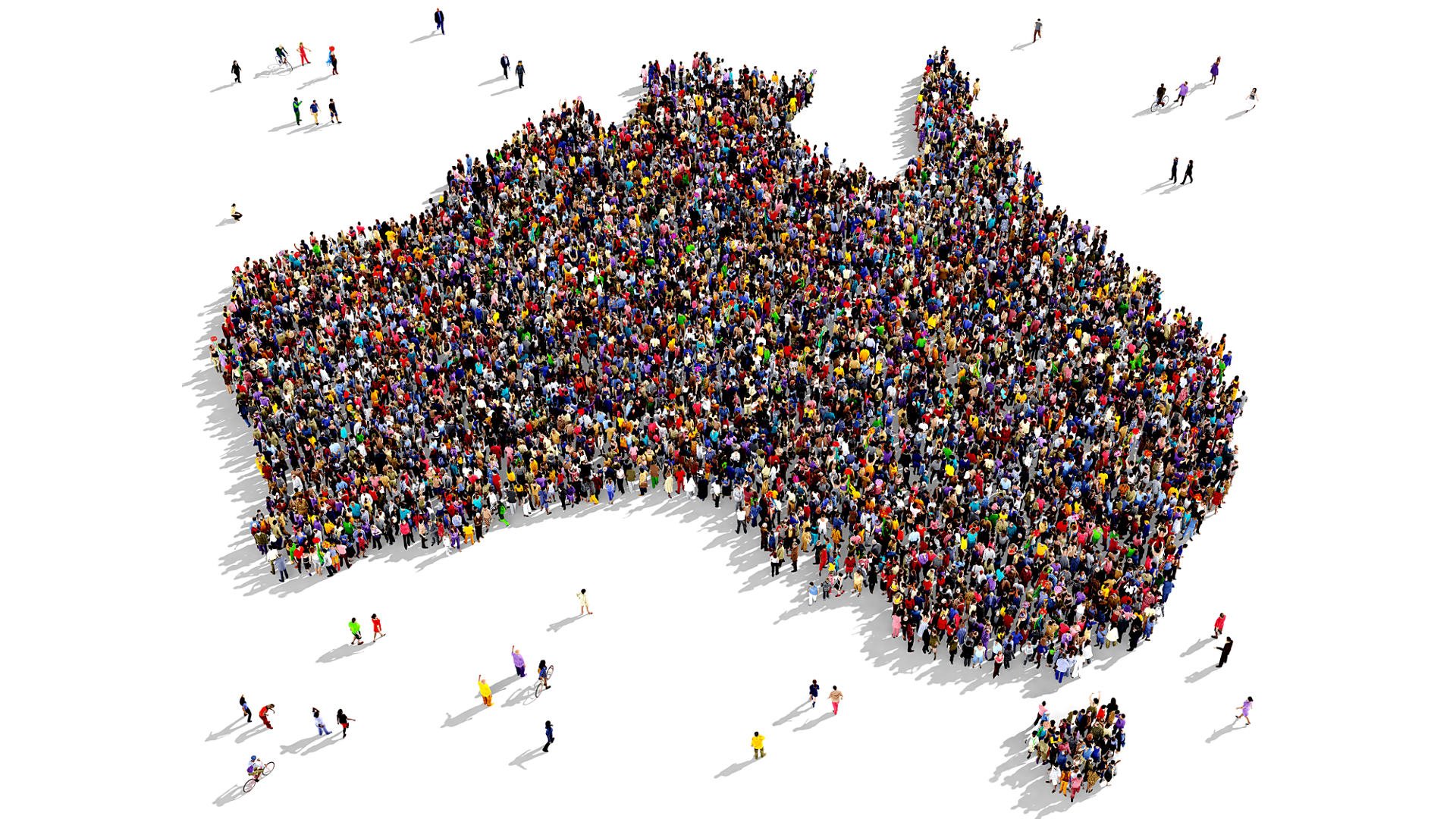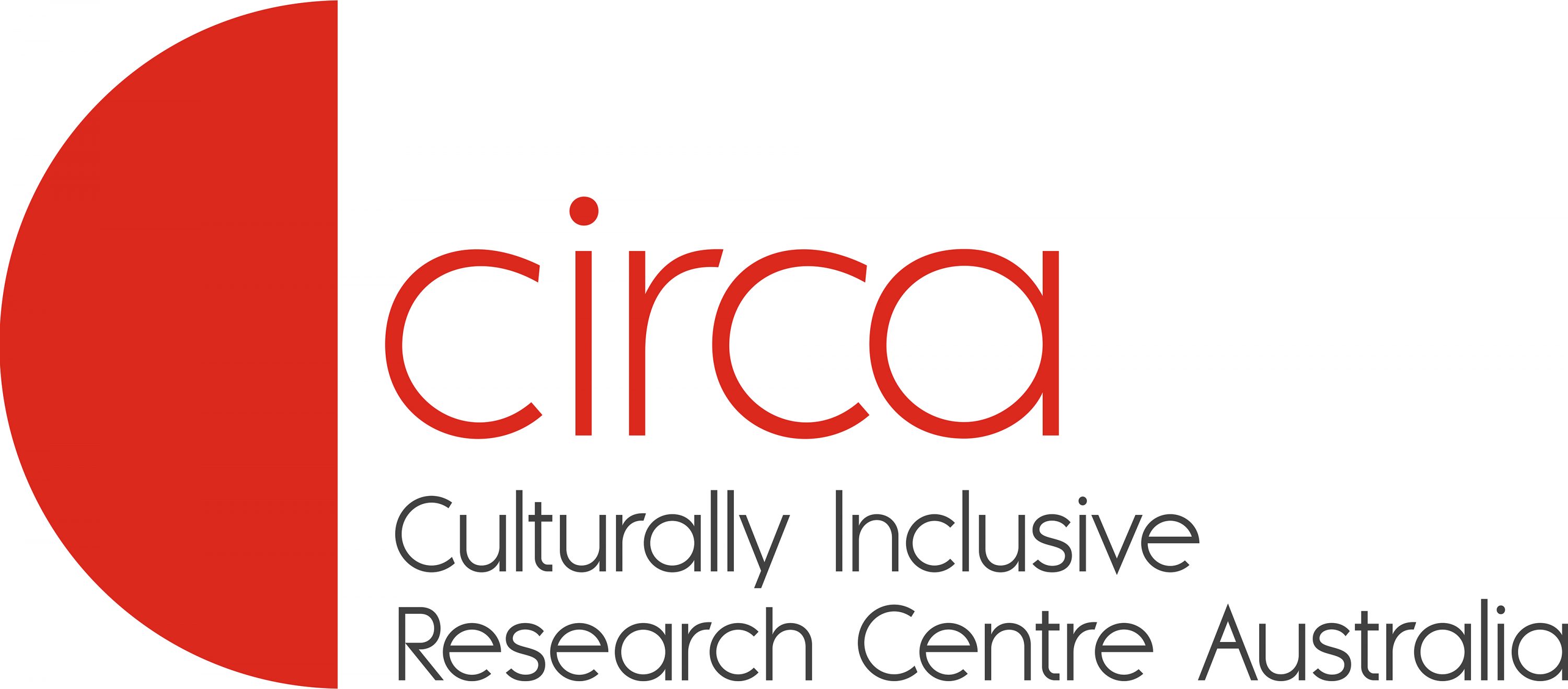
The 2021 census data are starting to come out. We’ve learned about the 26% increase in the Aboriginal and Torres Strait Islander population since 2016, and the growth in the Indian, Nepalese, Pakistani, Iraqi, and Filipino communities in Australia – growth means even more heterogeneity within those communities, which means it’s more important than ever to capture and understand the unique perspectives and experiences of people from these communities. It’s vital that we have access to accurate statistics to tell us about the prevalence of various outcomes and attributes of people within these communities, but it’s also important to know the stories of people within these communities because they can shed even more light on their experiences, beliefs, values, and behaviours. I’ll illustrate with my own story…
Up until I was about 11 years old I lived in a small town in Connecticut (USA) that was predominantly White. I was one of only a couple kids of colour at my school. I felt isolated and was expected, by my White peers, to act a certain way or be a certain type of African American. Unfortunately, at that time, stereotypes of Black folks were very negative. In that environment it was really important for me to fit in, so a lot of my behaviours, attitudes, and ideas reflected those of my White friends, neighbours, teachers, and other folks. I didn’t feel like I had a lot of options for how I could be or express myself – either conform to White folks or be one type of Black person.
Then my family moved to Indianapolis, Indiana (USA), and I lived there for about 11 years. The neighbourhood we moved to was very diverse, ethnically and socioeconomically. My schools were diverse. My high school was about 40% people of colour. It was there that I finally started to be able to express my authentic self and feel ethnically safe. I learned that really there isn’t one type of African American – we can and do express ourselves in all sorts of ways through our various choices in dress, our different music preferences, our activities, and all of our other beliefs, attitudes, and behaviours. In that environment with lots of other African Americans, and lots of other biracial African Americans, I learned about and felt comfortable with that heterogeneity. I felt much safer expressing my own beliefs, holding various attitudes and perceptions that differed from the mainstream, and behaving in ways that were grounded in my own ethnicity (and my own version of my ethnicity). The person you would have talked to at that time would have expressed very different views and described very different sets of behaviours than the person you would have talked to when she lived in a predominantly White community.
It’s always been important to explore and understand the heterogeneity that exists across Australia – because no ethnic, linguistic, or cultural community is a monolith – but these latest census figures give us just a bit more reason to keep asking questions and getting to know people better.


Recent Comments